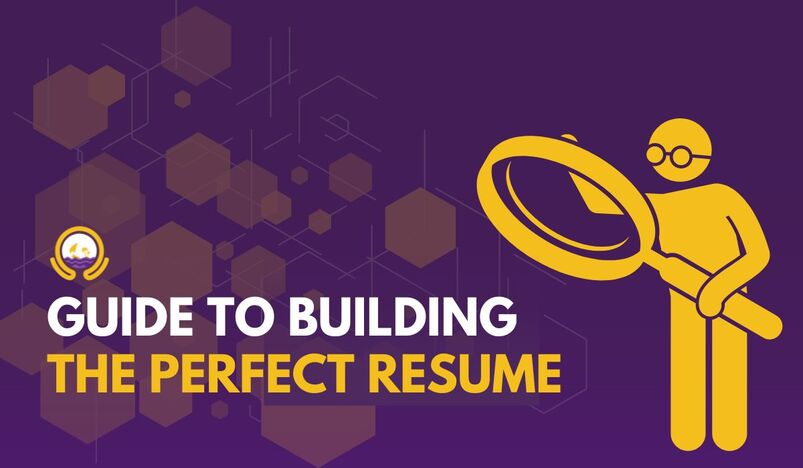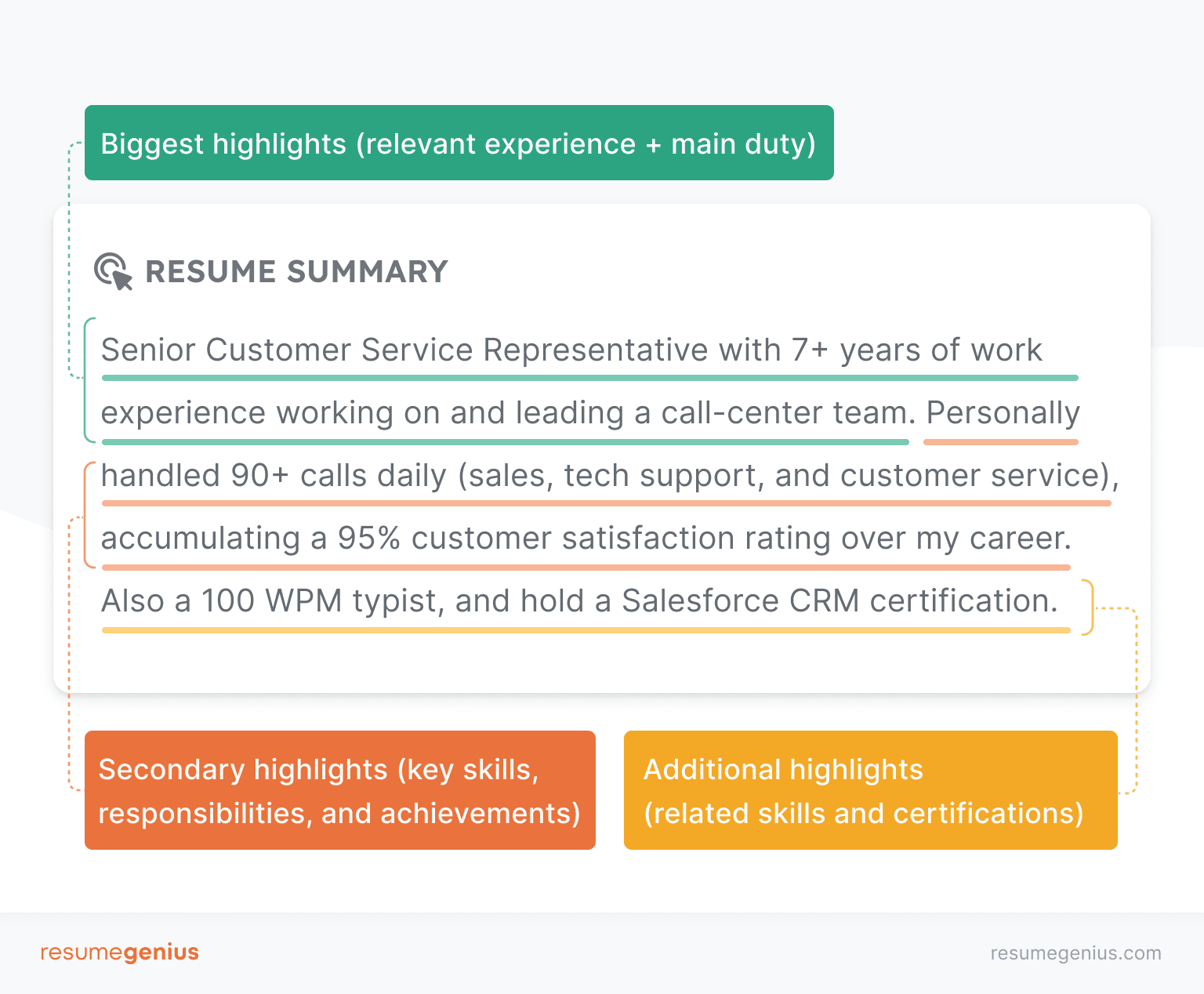
In today’s job market, your resume is your key to getting noticed by employers. From how it looks to what it says, every detail matters.
In this guide, we'll walk you through crafting a standout resume, covering everything from choosing the right format to making sure it's error-free. By following these steps, you can create a resume that showcases your skills and experience effectively.
The format of your resume significantly influences how it is perceived by recruiters. While the essential components of a resume remain consistent, the choice of format can vary.
Here are three common formats you can follow from:
For most job seekers, the chronological format is recommended since recruiters typically spend only a few seconds reviewing a resume, and the chronological layout ensures immediate visibility of your work history.
But, the best resume format you can use is what you think your job requires. If you want to work in the creative field and you think a non-traditional video is what’s going to make you stand out, then go for that. If you're applying for a bank job and want to follow the traditional chronological format, then use that.
The best resume will always be a tailored resume, according to the job you're applying for.
The visual presentation of your resume plays a vital role in capturing attention. Though not obligatory, utilizing an eye-catching template can enhance the overall appeal and readability of your resume.
Display your contact info at the top of your resume so employers can easily reach you. Include your name, phone number, and email. You can also add links to your website, portfolio, or social media.

Serving as your opening statement, your summary should be concise yet impactful, highlighting your key accomplishments, relevant skills, and career goals. Tailor your summary to align with the job requirements, incorporating keywords from the job listing to increase visibility.
For applicants with limited experience, a resume objective statement may be more suitable, focusing on career aspirations and transferable skills.
List your work experience from newest to oldest, emphasizing your achievements with numbers whenever possible. Employers like to see measurable results because it shows how you can benefit their company.
If you don't have much work experience, focus on other relevant experiences like volunteering or internships. Also, tailor your work history to match the job you're applying for, highlighting skills and achievements that matter most for that position.
Include a diverse range of both soft and hard skills on your resume, showcasing your versatility and adaptability. Soft skills encompass personal attributes and interpersonal abilities, while hard skills are practical, job-specific competencies.
Match your skills to what the job needs, especially the ones that matter most. Use words from the job ad to improve your resume for systems that screen applicants. Explain how your skills helped you succeed in the past.

In this section, include details such as the names and locations of institutions attended, degrees earned, and any academic honours or awards received.
Avoid including unnecessary details such as GPA or graduation dates, unless they are particularly impressive or relevant to the position.
Additionally, consider listing any professional certifications or licenses that are pertinent to the job. Make a new section for certifications, and include details like the certificate name, who issued it, and when you got it.
Tailor your resume to highlight unique experiences and qualifications by adding optional sections as needed. These sections can include volunteer work, awards and honours, hobbies and interests, certifications, publications, languages, and professional affiliations. Ensure that these sections are relevant to the job and contribute to your overall candidacy.
9. Proofread Your Resume and Save it:
Before submitting your resume, thoroughly proofread it to ensure accuracy and consistency. Look for typos, grammatical errors, and formatting issues, as these can detract from your professionalism and attention to detail.
Consider enlisting the help of a friend or colleague to review your resume for additional feedback.
Crafting a perfect resume requires careful attention to detail and customization to properly showcase your qualifications and experiences. By following these guidelines and best practices, you are sure to stand out to employers and increase your chances of securing your desired job opportunity.
Wishing you the best of luck on your job search journey!
.jpg)
Qatar Secures Place Among the World's Top 10 Wealthiest Nations
.jpg)
Hamad International Airport Witnesses Record Increase in Passenger Traffic

Saudi Arabia: Any visa holder can now perform Umrah

What are Qatar's Labour Laws on Annual Leave?
Leave a comment